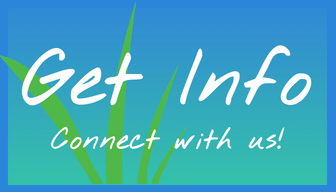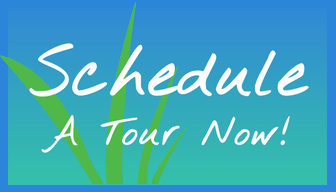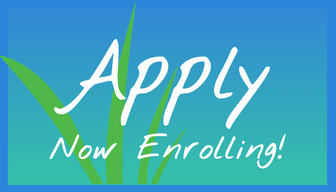
Ahhh…Indian Summer! The earth keeps spinning and fall is just around the corner (perhaps not so evident in Florida but leaves are starting to change here in Michigan where teaching has led.) In the midst of travels and projects, I recently read a very interesting book with practical information for bodywork therapists. These ideas are neither new nor difficult to implement, and they help our clients feel better.
Isn’t that why you learned massage therapy…to help people feel better?
THE PLACEBO EFFECT IN MANUAL THERAPY: Improving Clinical Outcomes in Your Practice by
Brian Fulton
I thought this book would be boring and dry; it was decidedly not. This book comes highly
recommended, with forwards by both Leon Chaitow and Ruth Werner. The author tells interesting stories
about what the placebo effect is and how it can be applied in all medical interventions. Better yet, the author relates everything scientists are learning about placebo specifically to massage/manual therapies.
Various ideas are already embedded in how we approach clients (like ritual and trust) and some ideas can be applied strategically (like novelty and conditioning). Since I’m a practicing massage therapist and my job is to help clients get better sleep, feel less anxious, and gain confidence that their body can heal, I’ve started to use the ideas in this book to enhance my practice.
Here are some of the placebo research topics covered in this book which have been correlated to massage therapy practice: Conditioning, Trust, The Power of Listening, Feelings of Care and Concern from the Practitioner, Receiving Adequate Explanation of the Pathology, Use of Ritual, The Clinician’s Persona, Clinical/Healing Environment, Helping Patients Maximize Their Own Healing Response.
Let’s break down a few important ideas about the placebo effect that don’t involve sugar pills or fake treatments, and which you can use immediately. Fulton outlines, in such a skillful way, how touch
therapies can be enhanced by triggering positive attitudes and expectation towards your touch.
Environment, the words you use, and how your room appears to the client all play a role in positive
outcomes without even touching your client.
Example one: Imagine a friendly visit; you go to a nursing care facility to visit your aunt. Just your arrival and presence may elicit feelings of joy and excitement in her. Imagine if you add a brief, gentle hand or foot massage. The psychological and physiological effects of a friendly visit added to the affective actions of gentle massage could enhance sleep, reduce anxiety, and help with daily activities.
Imagine now your practice…isn’t this a type of friendly visit? Doesn’t your client come in to connect, be touched and to ultimately feel better? Use ritual and environment to your advantage as a form of placebo. After all it is a friendly visit (with the added benefits of therapeutic treatment for your client and compensation for you.)
Example two: A new client comes to you because you’ve helped someone else with the same or similar
problem. Referrals are a form of trusted relationship, and the expectation of the new client will be that you’ll be able to help them as well. You can use the concepts of building trust and positive expectations to everyone’s advantage. Keep open to the idea that your own confidence and past therapeutic successes can create feelings of trust and help reduce fear. Give good clear directions; help the client relax and adapt to your style and your healing presence. It could be just what the body ordered. Trusted, confident and skilled therapists have lots of clients.
Example three: A client comes to you regularly and your treatments have plateaued; you seem stuck.
Isn’t this another form of conditioned response? Perhaps your client needs some novelty. Maybe it’s time
to mix up how you begin and end your sessions. You could possibly change how much time you spend
together. Maybe you could add some different isometric and isotonic activities to move the client from
passive receiver to participant. Perhaps by activating the client’s nervous system in a new and novel way, you could “jumpstart” the client’s innate rebalancing and healing response. Sometimes it just takes a little change to create greater awareness and improve outcomes.
I hope this short article will inspire you to read The Placebo Effect in Manual Therapy and perhaps experiment with doing things a little differently in your practice. I hope you will try using some the affective aspects of massage that I’ve mentioned here. I encourage you to bring your healing presence to your therapy practice and stop working so hard to “fix things.” Help your clients embody themselves, ALL of themselves, inside and out.
I’ll be teaching Therapeutic Strategies for Effective Pain Relief on November 10-11 here at FSM. We
will cover some of these concepts, and other current research findings to enhance your practice during the class. Keep in touch, I’d love to hear from you at: justaskpete@mac.com



